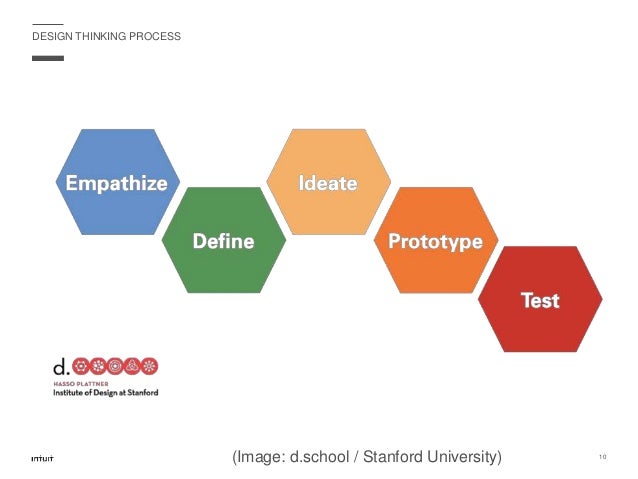If I’ve heard it once, I’ve heard it a thousand times: schools are not businesses and shouldn’t be run like one. However, when it comes to innovating, we encounter similar challenges. Price Waterhouse Cooper, a professional services network, conducted a survey of over 1200 companies to discover the strategies and challenges companies are experiencing as they manage innovation initiatives. As I read the benchmark findings called Reinventing innovation Five findings to guide strategy through execution, I realized that many findings can benefit education as well. For example, innovation can no longer occur in silos, innovation should be strongly supported by the superintendent aligning to the strategic plan, and implementing design thinking strategies casts a wider net leading to improved innovation and partnerships.
Relevant PwC Key Takeaways:
- Involving the end-user and using design thinking strategies equates to 15% higher anticipated growth over the next five years
- It isn’t about how much you spend but on what you spend your innovation dollars and widening the net during the R&D phase
- Innovation needs to align with the strategic plan, but 54% of companies struggle with doing so and find it to be their top innovation challenge
- Most companies are using more collaborative innovation models such as open innovation, design thinking, and co-creating with customers, partners, and suppliers
- Companies are striving to fail fast while innovating
- Feedback loops foster a culture of innovation
- Executives attest that employees are their most important partners in innovation
- The most important factor in innovation – C-suite leadership
What’s Working in Education
At Forest Hills, we’ve successfully implemented a model using smaller cohorts of individuals interested in innovating supporting the PwC finding that employees are some of the most important partners. These are district driven, but we also have organic teacher groups such as the Meraki’s, a small but growing group of educators studying personalized learning, which has the benefit of never feeling “top-down” yet is driven by passion and purpose in a collaborative innovation model. There are other innovative teachers pushing the limits of what’s possible in their content area that we intend to showcase in the upcoming year celebrating their risk-taking and highlighting how to integrate content innovatively. By doing so, we open up a feedback loop where these teachers feel supported and inspired to continue innovating in their classroom.
Cohorts allow small groups of individuals to test and “fail fast” helping the district understand if the innovative practice is worth scaling. When teachers raise their hand indicating interest versus feeling forced into a group, the success rate improves significantly.
Bridging the Business, Student, Teacher Gap
Ultimately, in education, we want to produce students that are college and career ready. To do so, we need to understand what businesses and colleges want and need which proves challenging when technology advances so quickly, and many jobs are yet to exist. One strategy our district, Forest Hills is using along with Loveland Schools is #InnovateCincy, an opportunity for students, educators, businesses, and the Xavier Center for Innovation (a local university) to work together solving real business challenges and to address how schools can produce graduates that businesses want to hire in a decade from now. #InnovateCincy leverages the design thinking process of empathizing, defining, ideating, prototyping, and testing to find solutions. We hope our takeaways yield the 15% improvement anticipated by PwC surveyed companies.
Are you interested in participating in this event? Contact me at ChristineMcCormick at Foresthills.edu. We’re excited to launch the first annual event!
Helpful resources for Design Thinking:
- Launch: Using Design Thinking to Boost Creativity and Bring Out the Maker in Every Student
- Tools for Taking Action – Standford d.school




